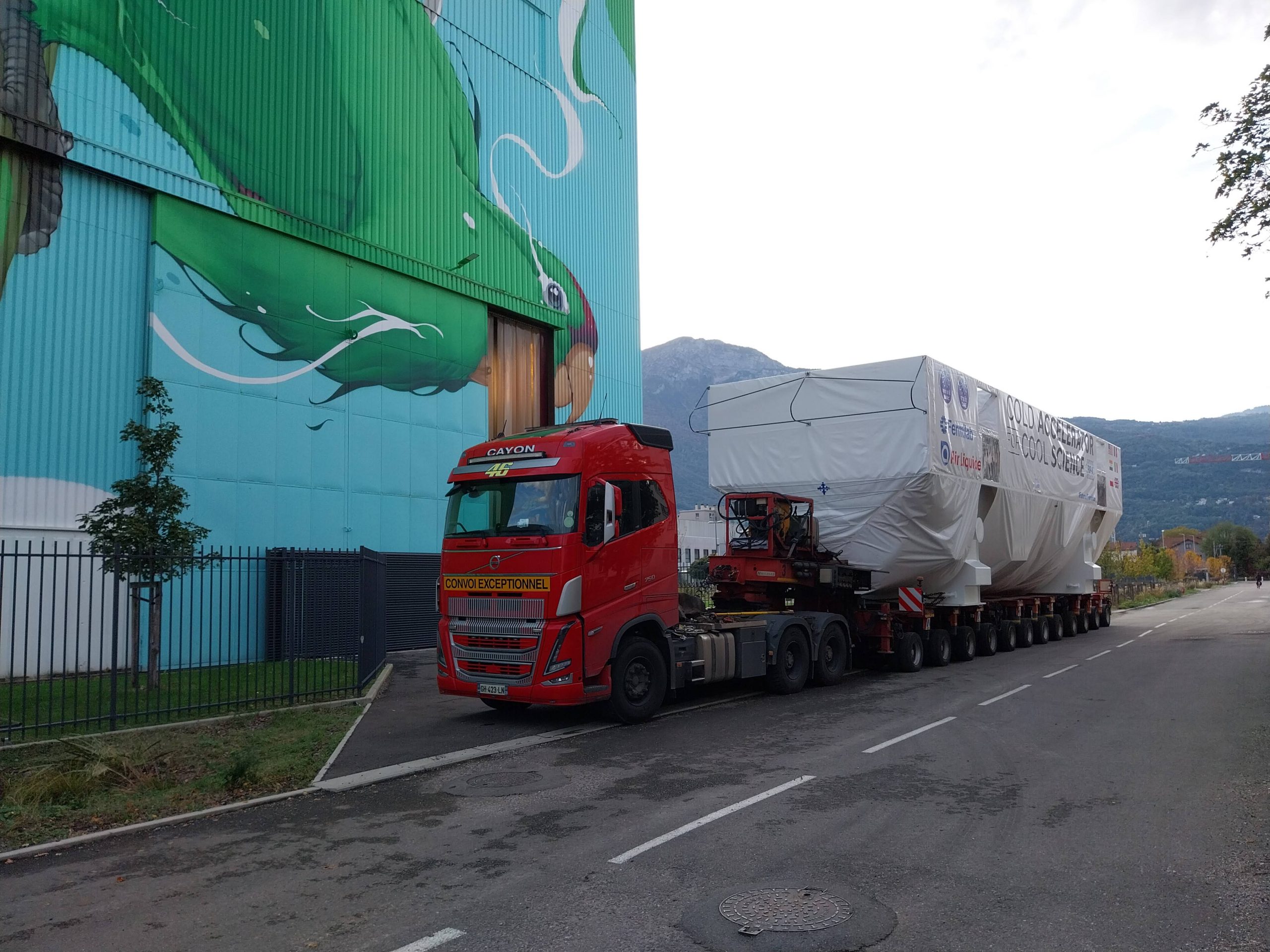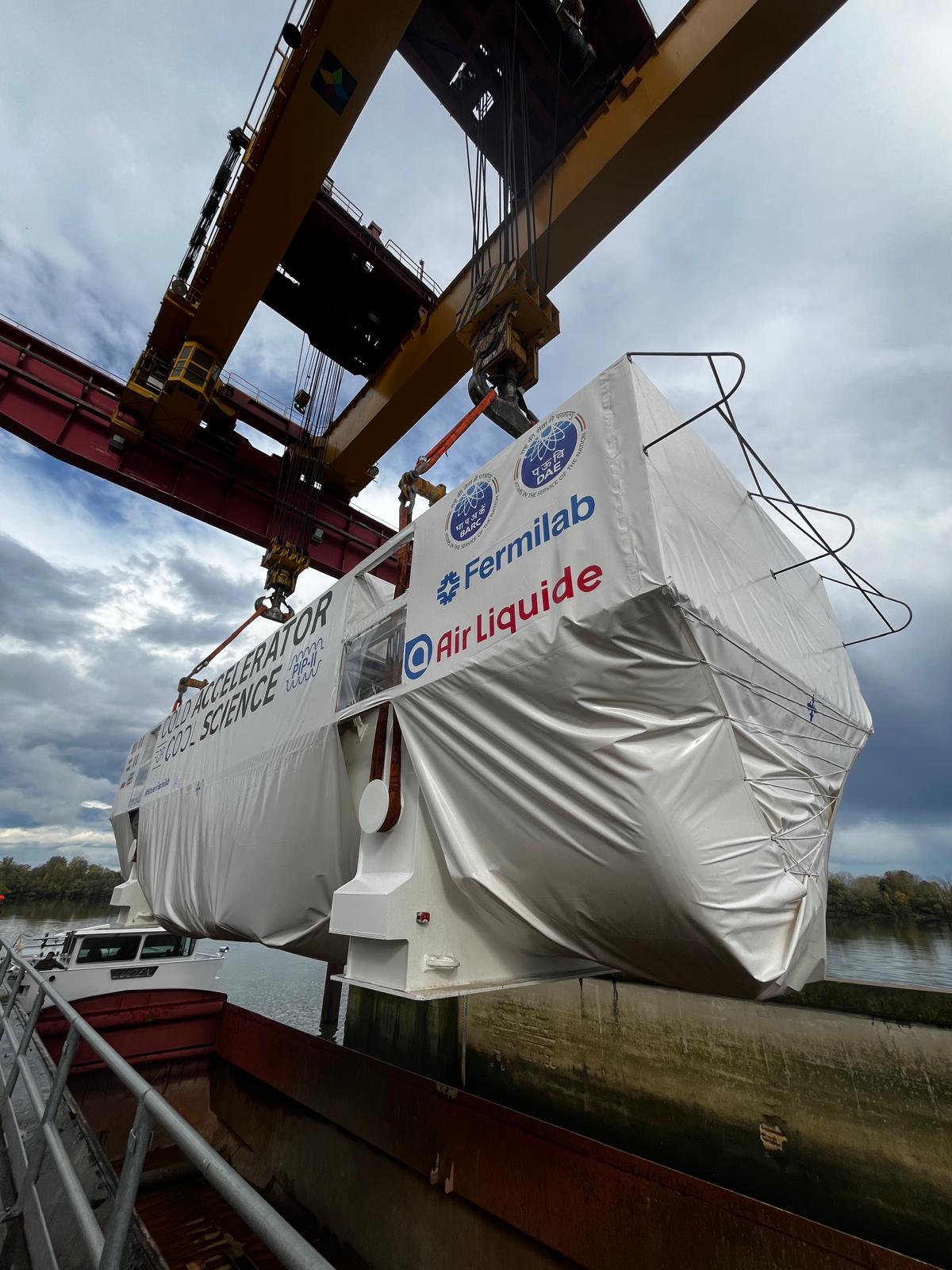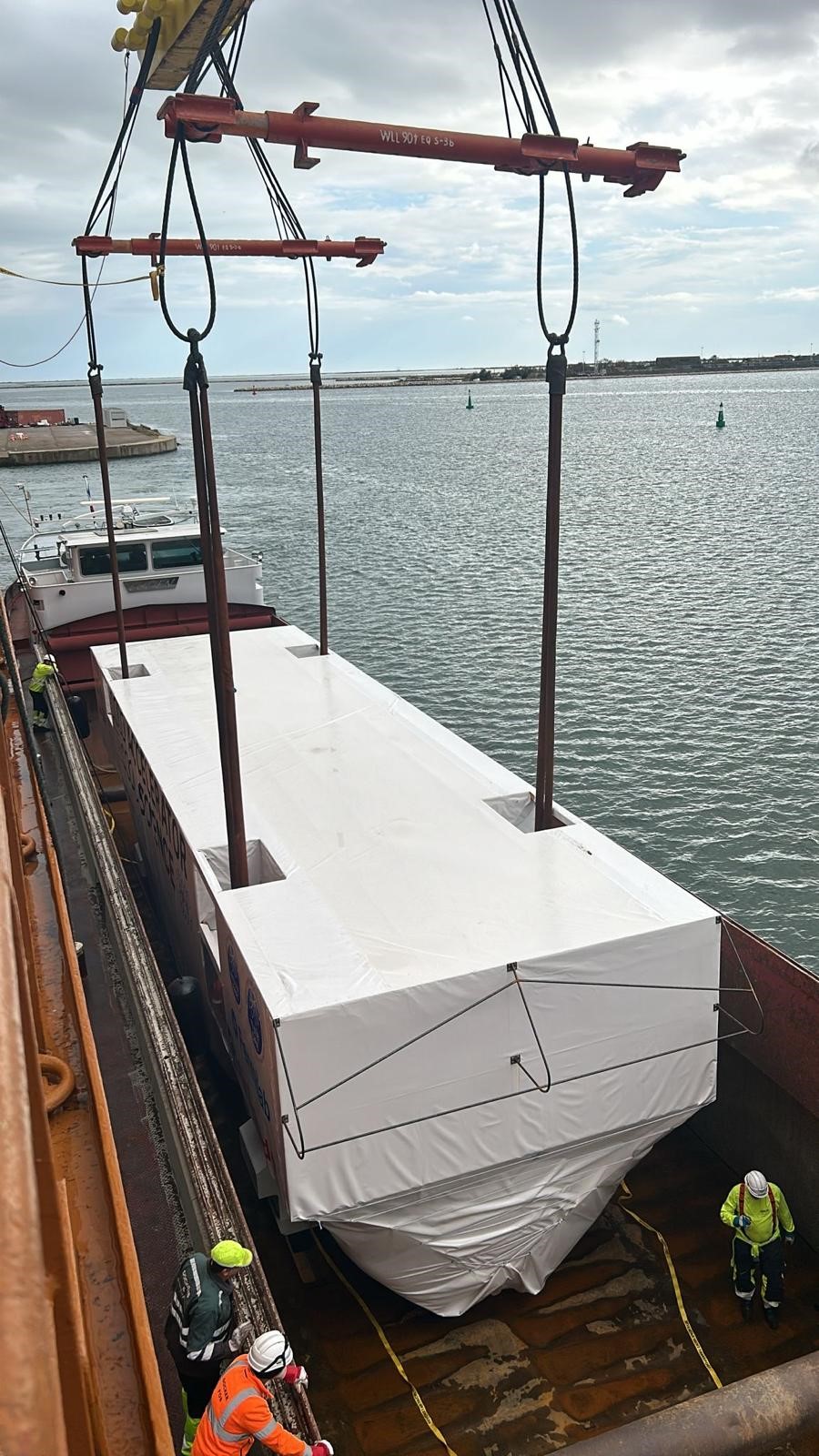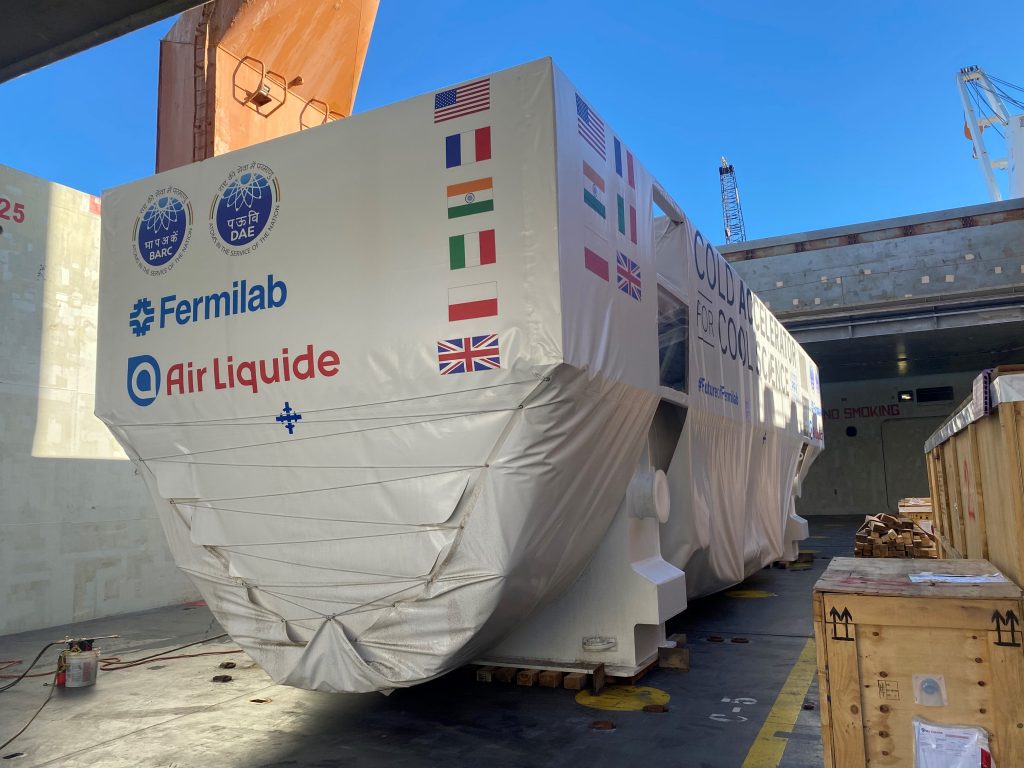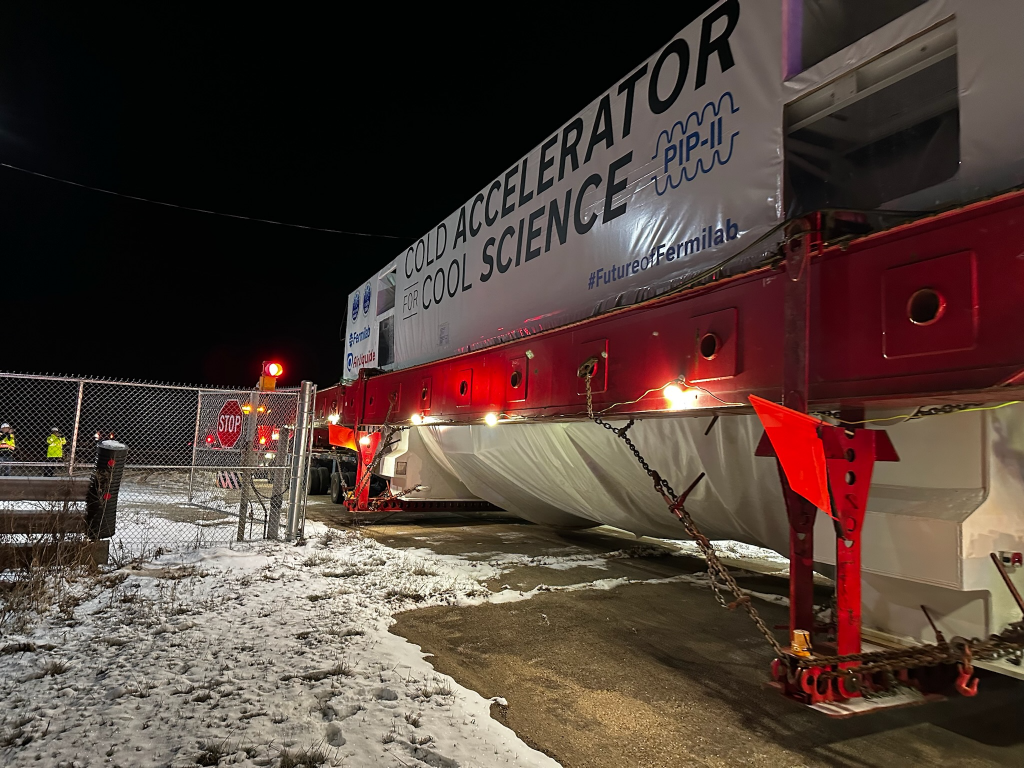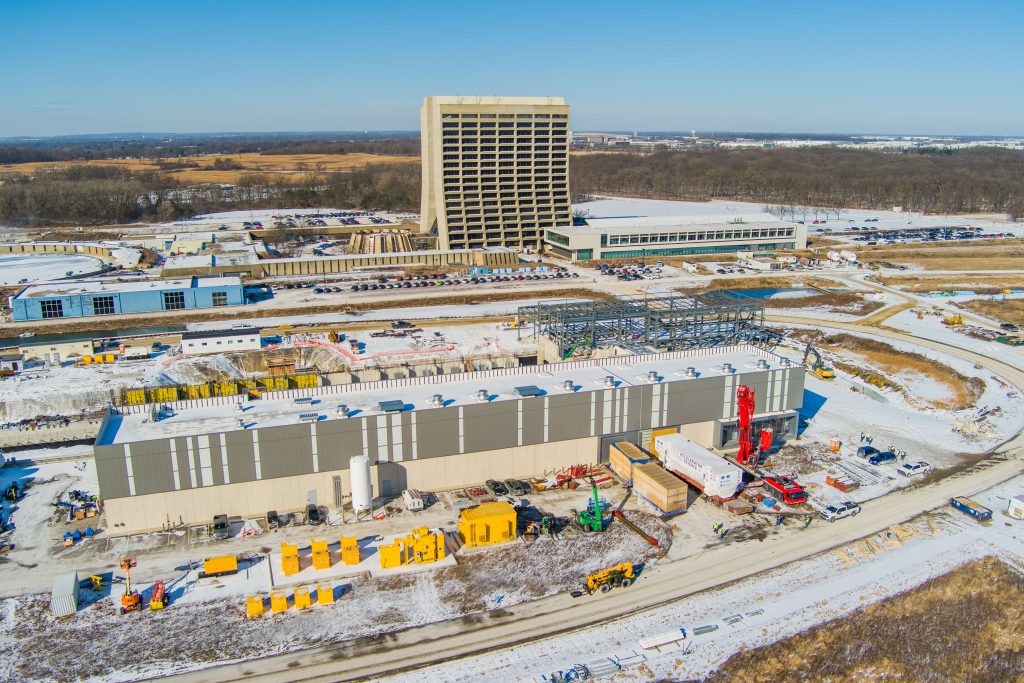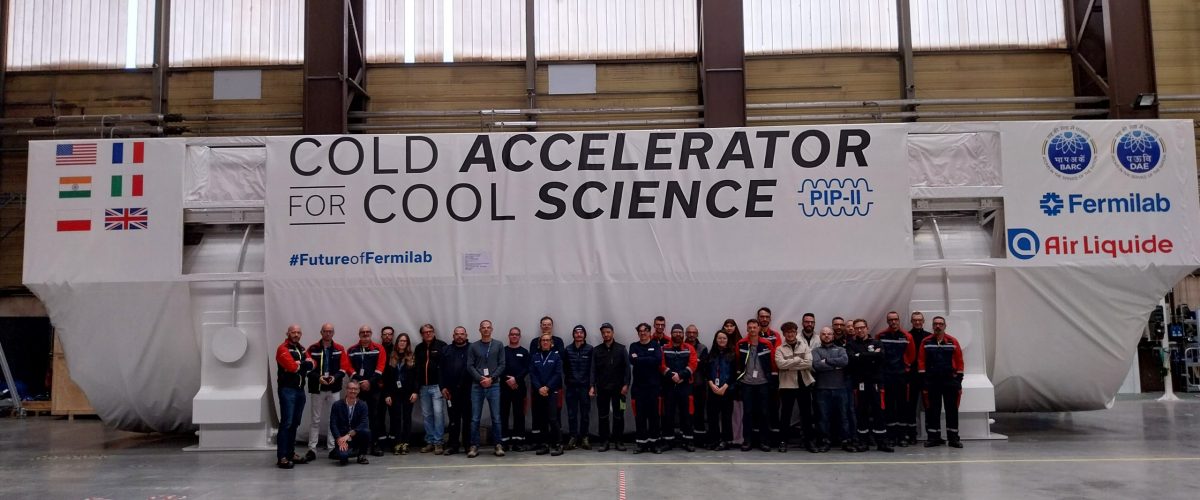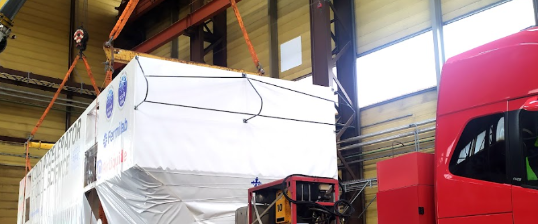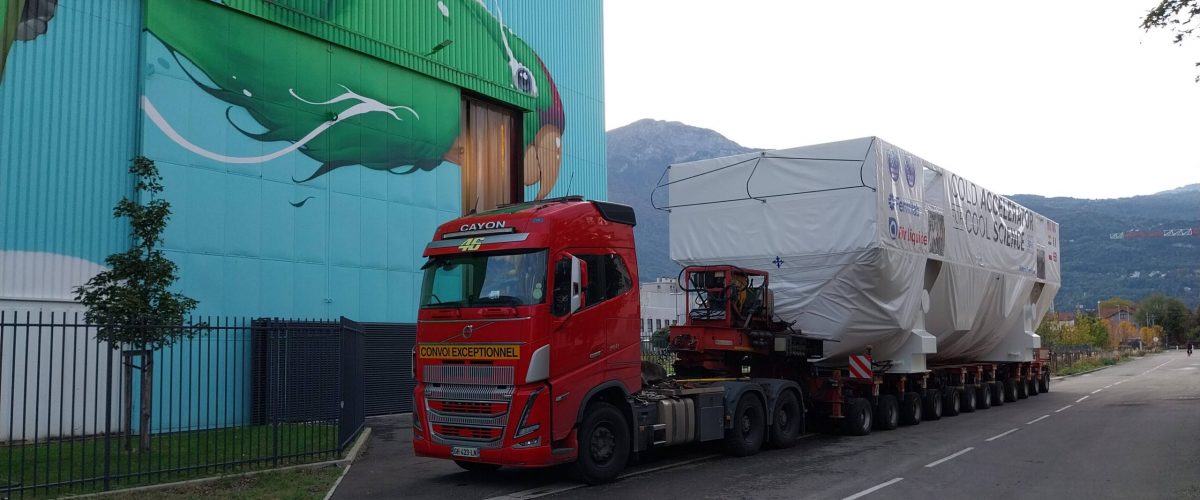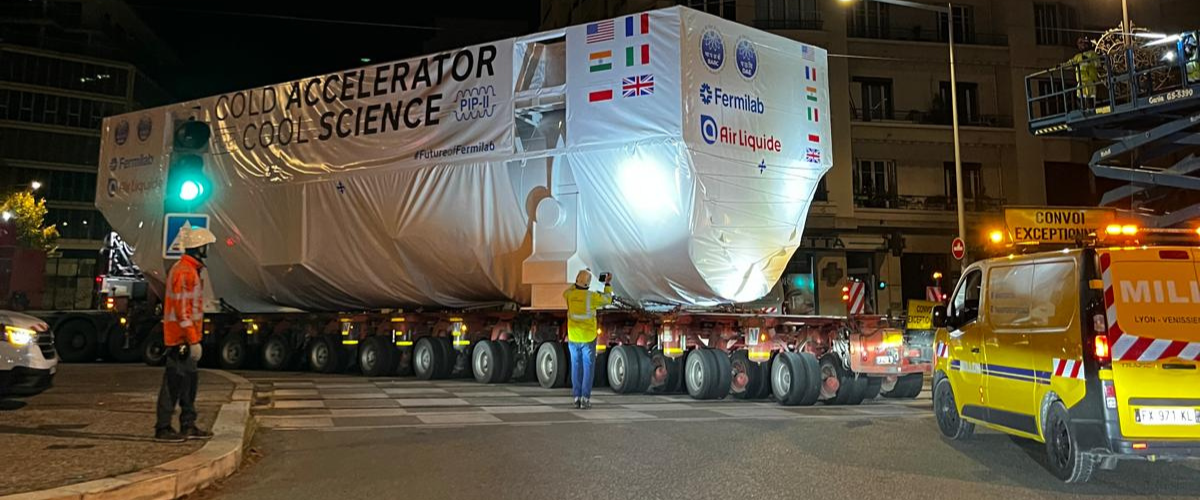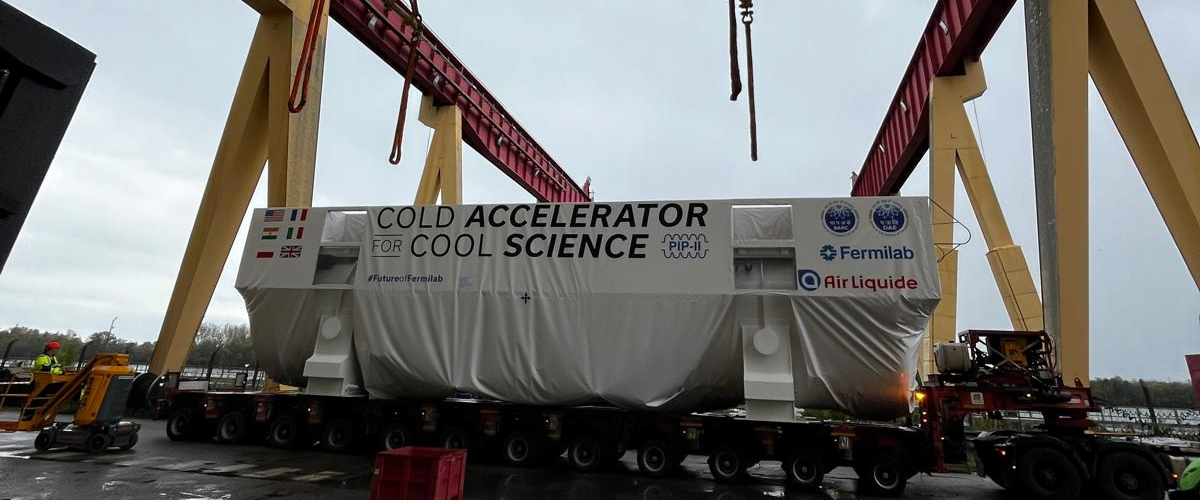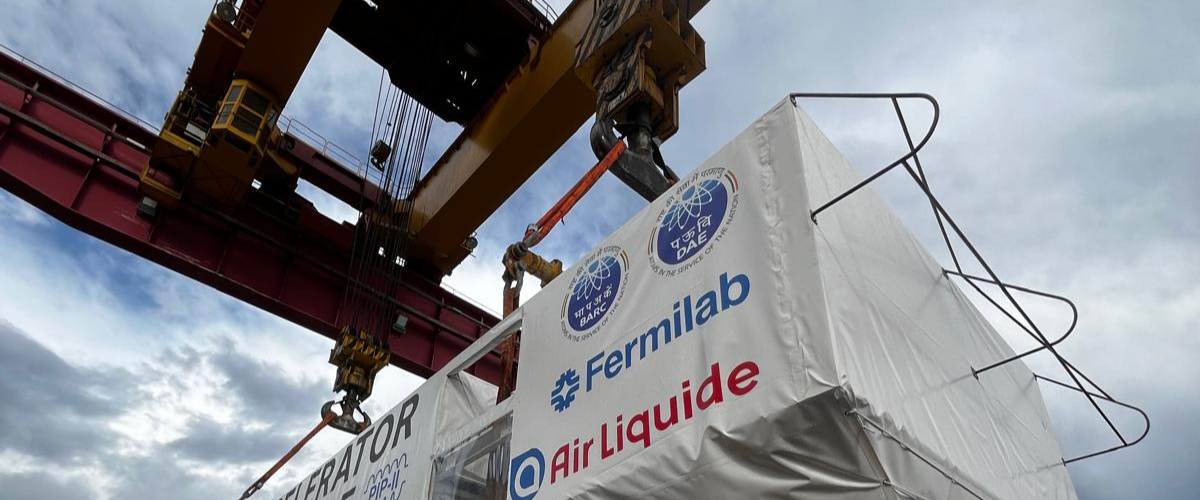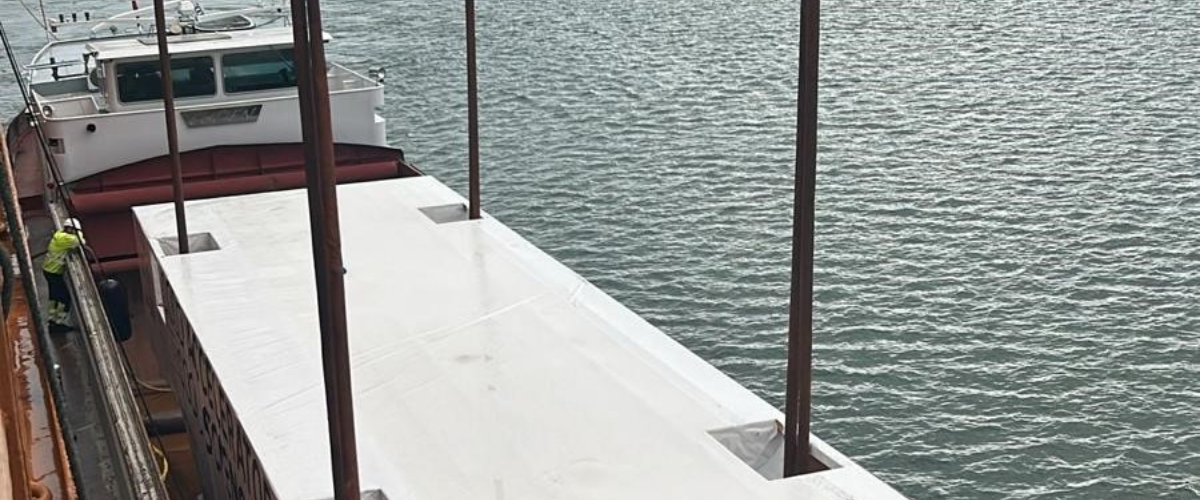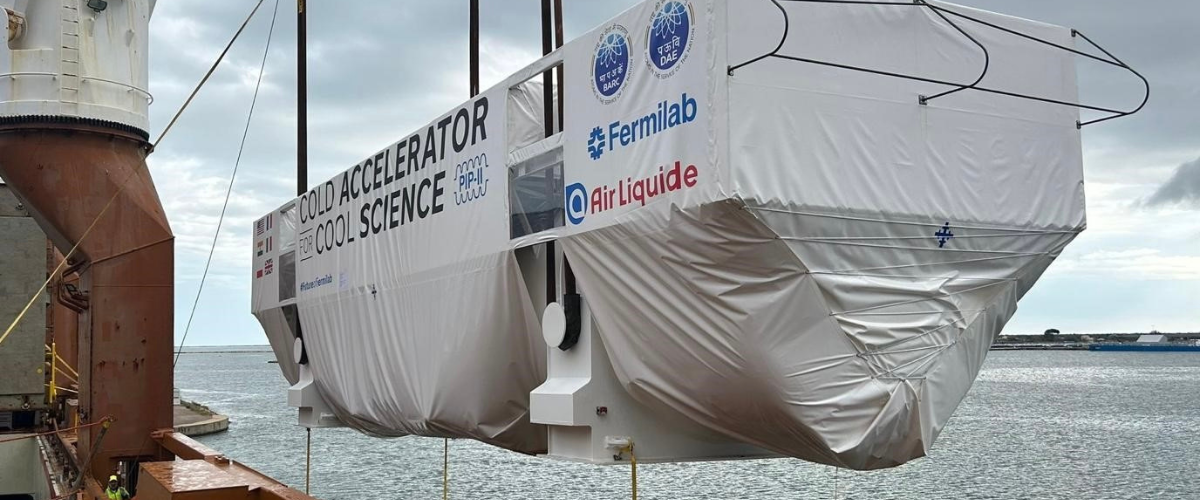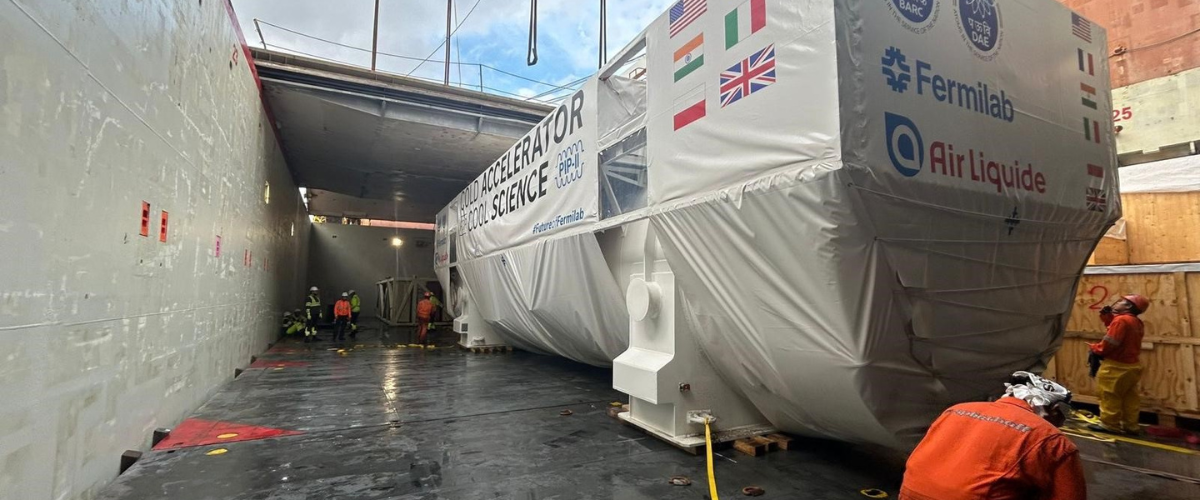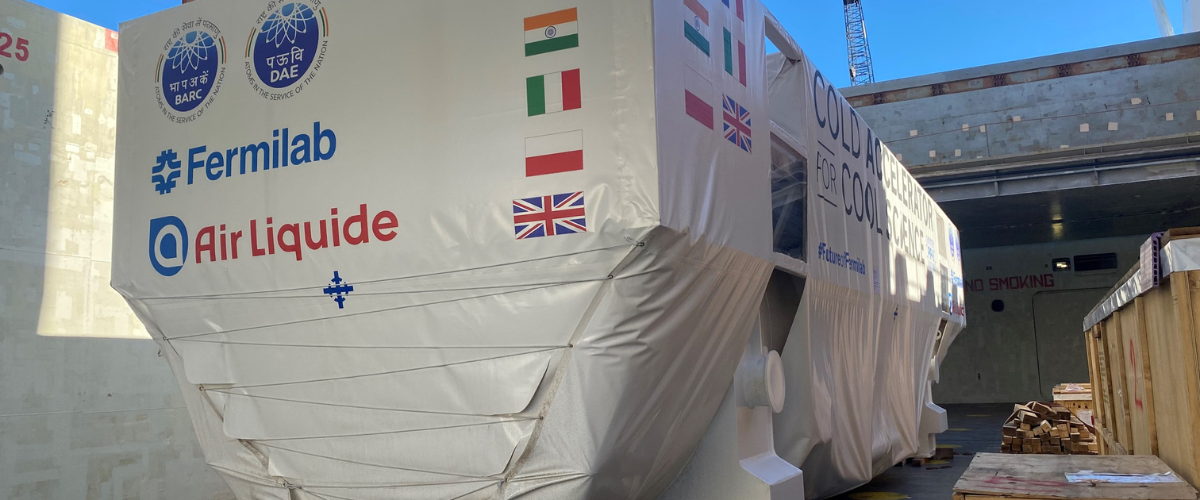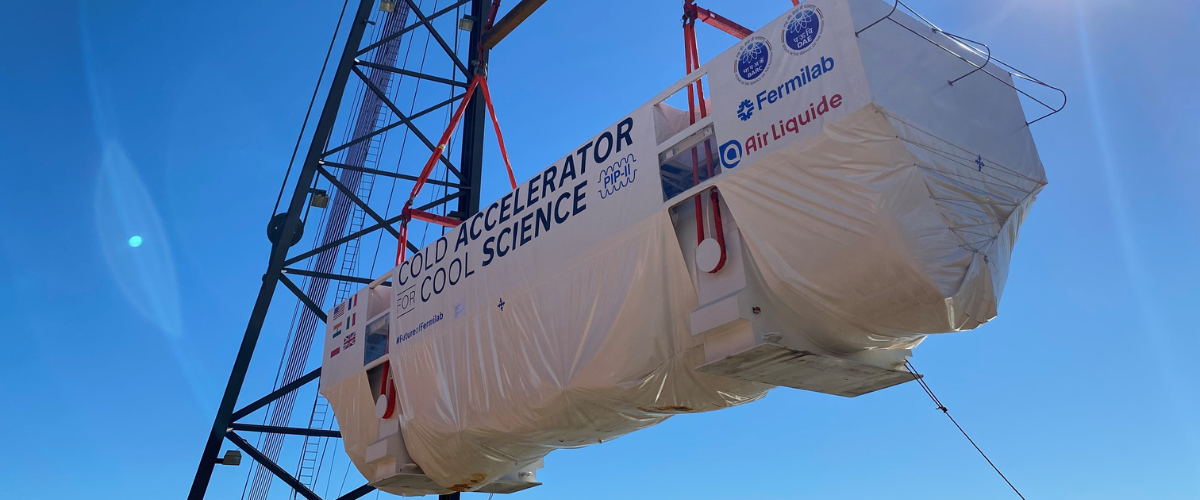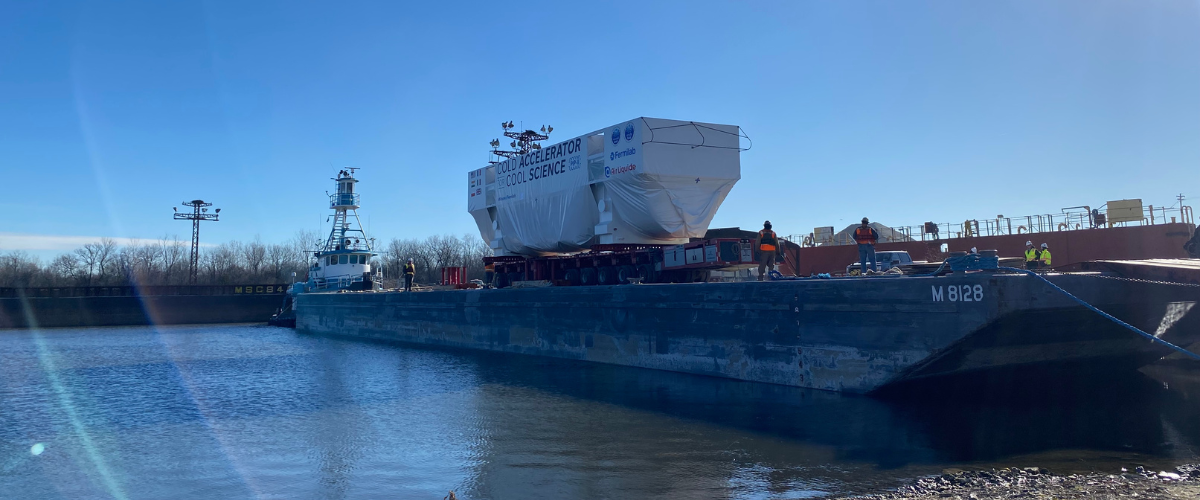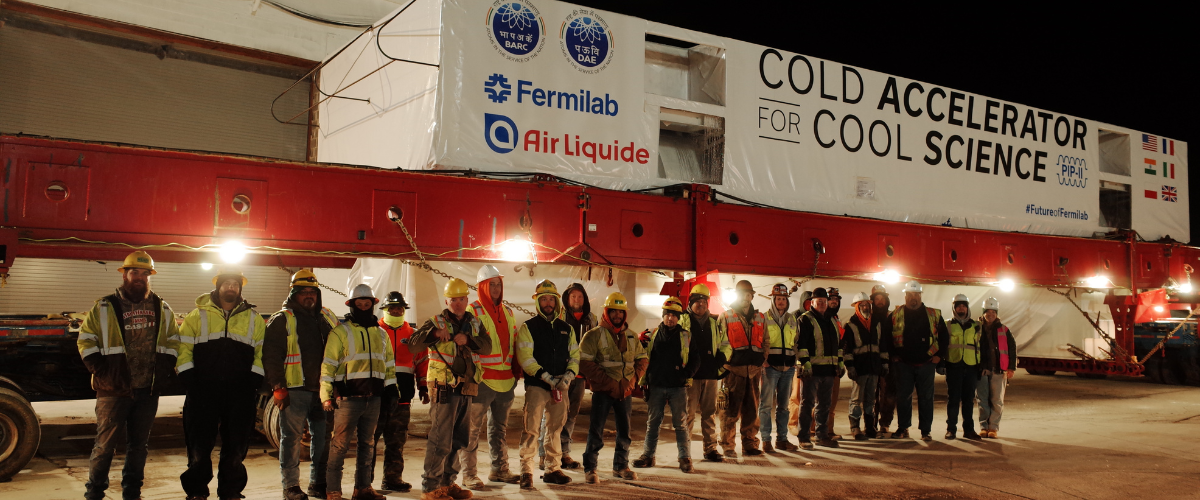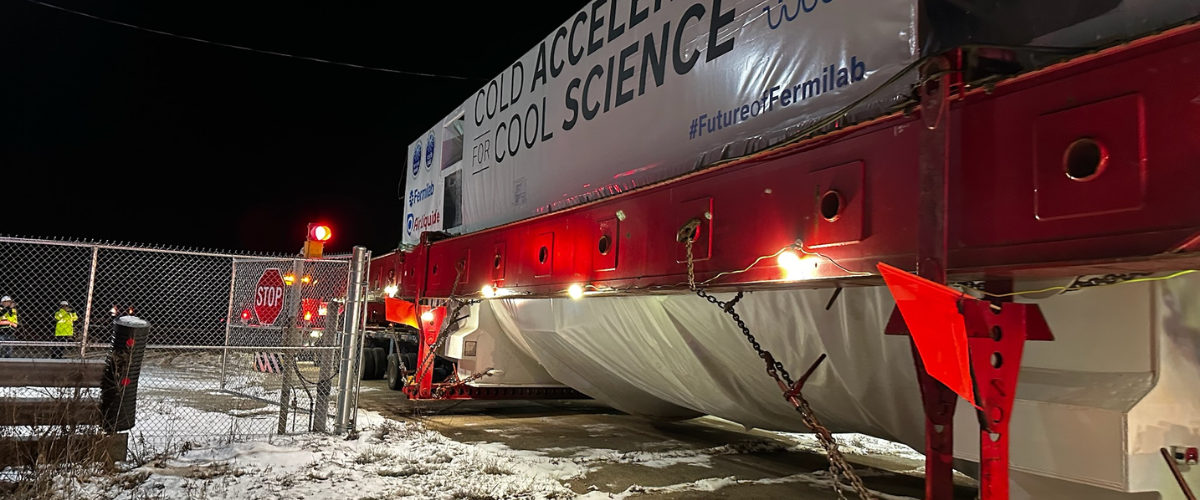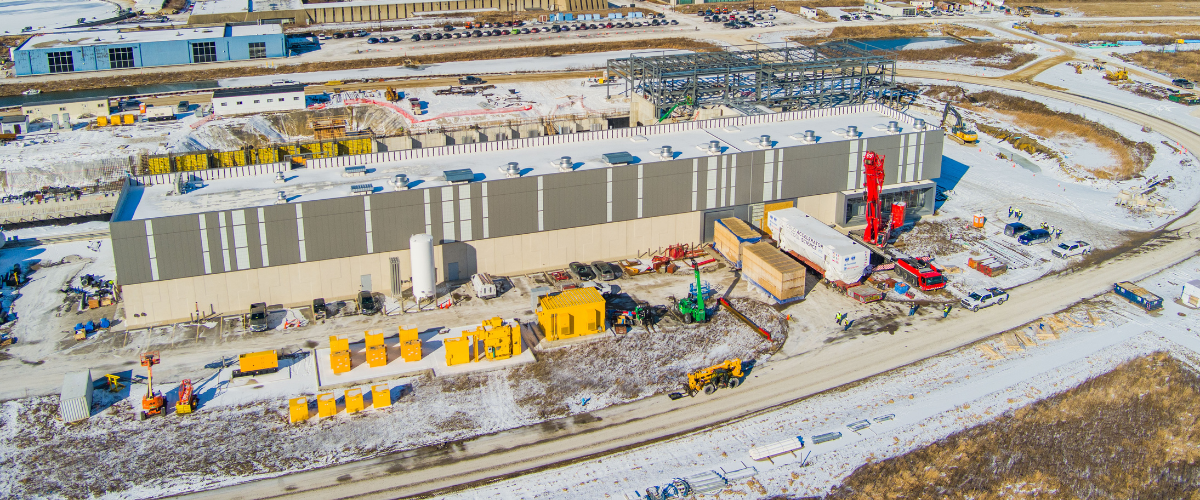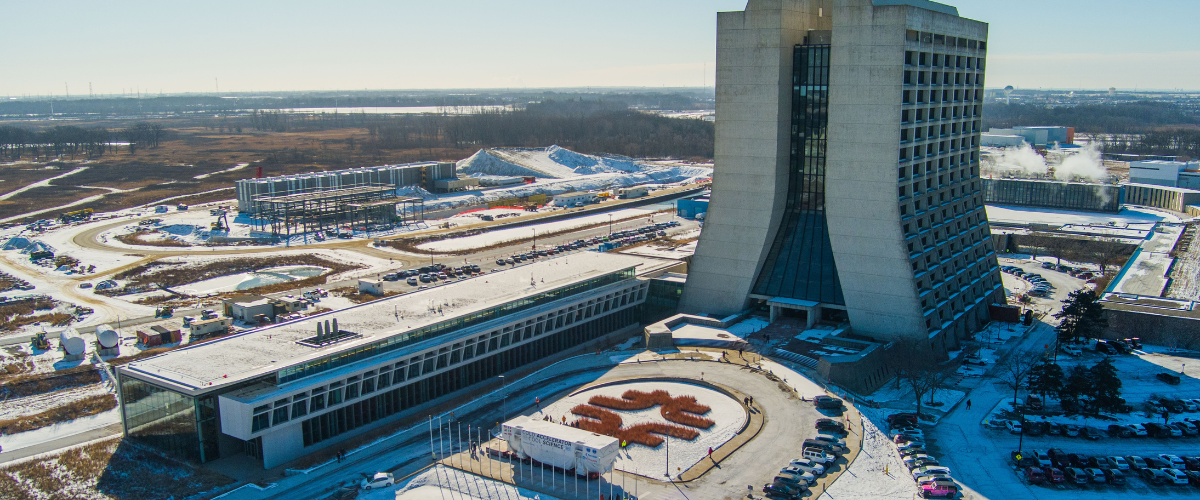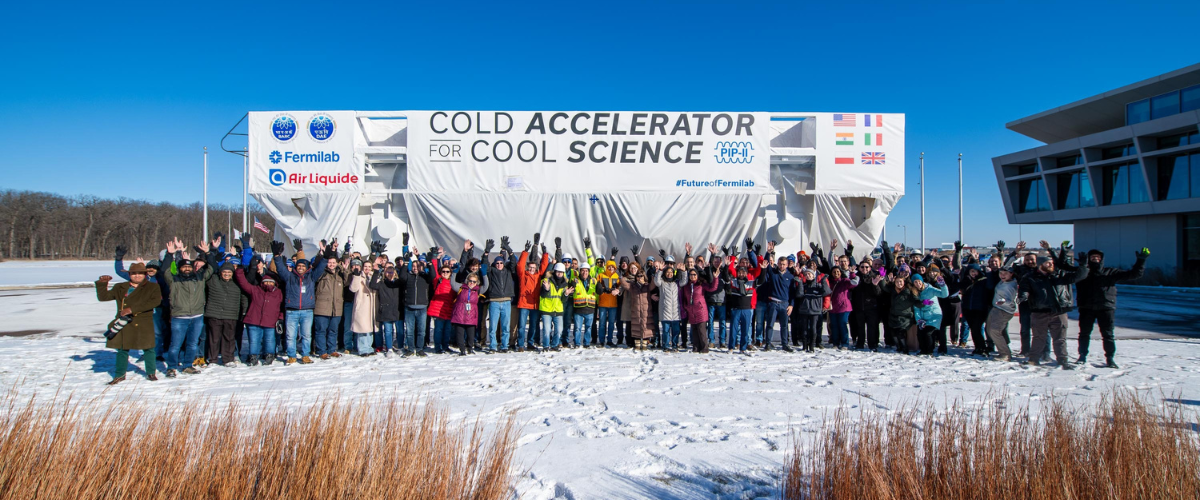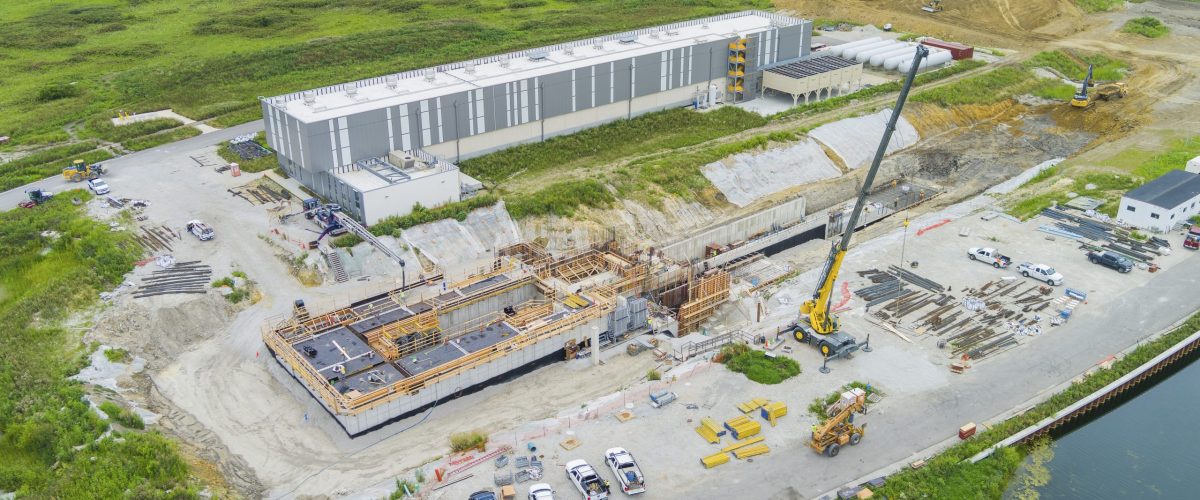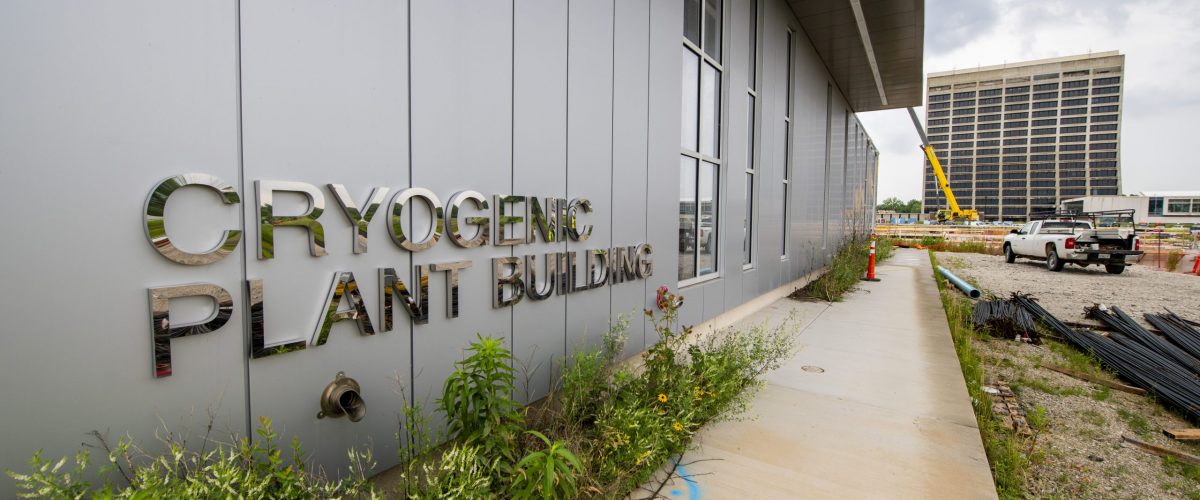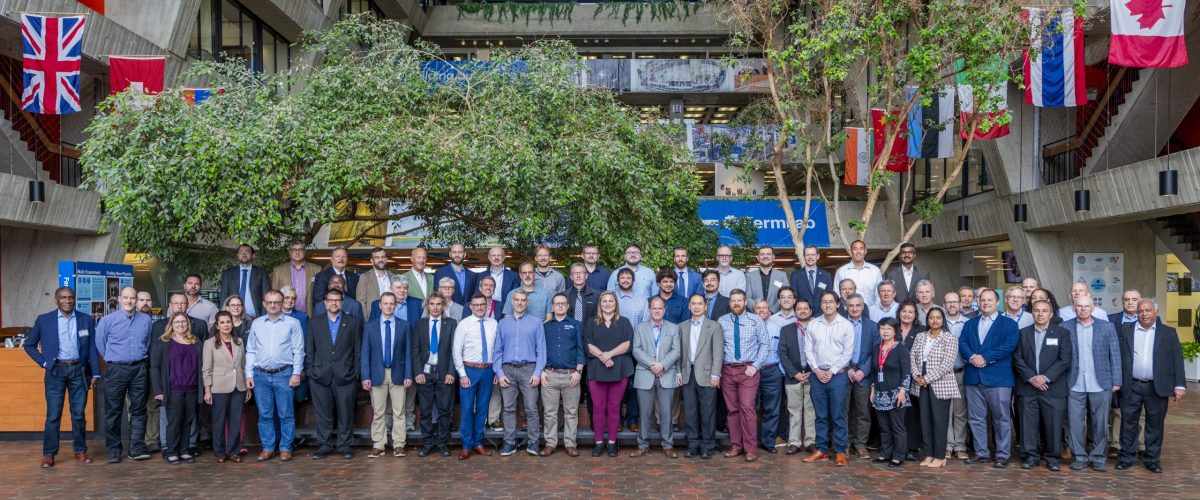Empowering discovery in neutrino physics
The Proton Improvement Plan-II, or PIP-II, is a project to build a 215-meter-long linear accelerator — an essential enhancement of the U.S. Department of Energy’s Fermi National Accelerator Laboratory accelerator complex. Fermilab is America’s premier accelerator physics laboratory, funded by the DOE Office of Science, with the world’s strongest neutrino research program.
Coldbox highlights
Purpose of the new accelerator
The new accelerator will power a state-of-the-art high-energy neutrino beam on its 800-mile (1,300-kilometer) journey from Batavia, Illinois, to Lead, South Dakota, home of the Deep Underground Neutrino Experiment at the Long-Baseline Neutrino Facility.
DUNE will be the most comprehensive neutrino experiment in the world and has the potential to change our ideas about physics at the most fundamental level. Scientists will use neutrinos to answer some of the most profound questions about our universe. In addition, over the next 50 years, the PIP-II linear accelerator will drive a broad physics research program beyond DUNE — and may even lead to benefits beyond physics.
International collaboration
Fermilab maintains strong and growing partnerships with institutions worldwide to advance world-changing scientific research. PIP-II will mark the first particle accelerator built in the United States with significant contributions from international partners. Institutions from France, India, Italy, Poland, the United Kingdom and the United States will combine their expertise and capabilities in superconducting radio frequency and associated technologies to construct this state-of-the-art particle accelerator at Fermilab.
The cryogenic plant is being provided as an in-kind contribution from the Department of Atomic Energy in India.
What is the coldbox?
PIP-II makes use of the latest advances in superconducting radio-frequency technologies to accelerate the particle beam. Keeping the accelerating structures extremely cold is essential, and cryogenics plays a vital role in cooling the SRF cavities in the linear accelerator, or linac for short. The cavities in the cryomodule operate at 2 kelvin (–456 degrees Fahrenheit), which is below the average temperature of outer space.
The cryogenic plant is being provided as an in-kind contribution from the Department of Atomic Energy in India — the single largest contribution for the PIP-II project — and was manufactured by Air Liquide Advanced Technologies in France.
Components and functionality of the cryogenic plant
Cryogenic cooling is provided by a cryogenic plant that consists of two major systems: a warm compression system and a cryogenic coldbox.
The cryogenic system is a closed loop refrigeration system providing cold helium at various temperature levels. First, the warm compressors pressurize room-temperature helium gas which is then supplied to the coldbox where it is cooled to cryogenic temperatures by a series of heat exchangers, turbine expanders and cold compressors. A cryogenic distribution system transports the cold helium to the linac, cooling the cavities in the cryomodules. The helium then returns to the coldbox, thus completing the circuit.
The coldbox is at the heart of the cryogenic system and consists of a 17-by-4-meter (55-by-14-foot) vacuum vessel that weighs more than 95 metric tons. The coldbox contains a train of eight heat exchangers, four turbine expanders and three cold compressors that cool the incoming room-temperature, high-pressure helium gas from the compressors to –456 degrees Fahrenheit.
The warm compressors were fabricated in Glasgow, United Kingdom, and will be transported to Fermilab by sea to the Port of Newark on the East Coast. After arriving at the port, they will be driven to Fermilab, a distance of over 800 miles.
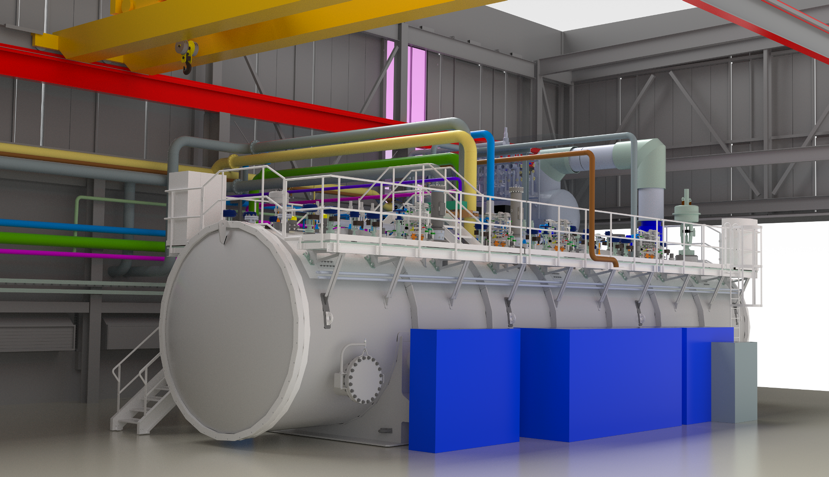
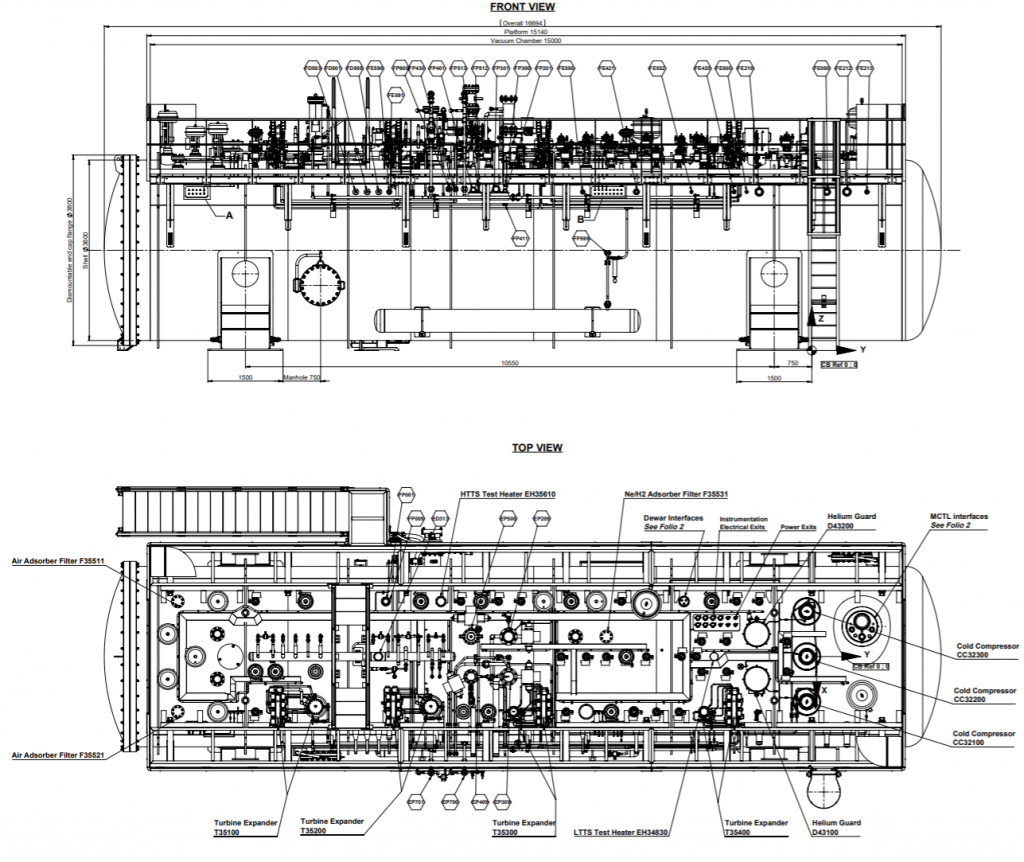
Follow the coldbox on its journey
Follow the coldbox on its journey from France to Fermilab in Illinois! Bookmark this page to see new photos and updates, or follow along on Fermilab’s Facebook and X (Twitter).
1. Departure from Air Liquide
The coldbox will begin its long journey to Fermilab at Air Liquide’s workshop in Sassenage, France. A truck will transport it from the workshop to Chalon-sur-Saône, France.
October 15, 2024
2. Transport by barge
In Chalon-sur-Saône, the coldbox will be loaded onto a barge on the Saône River. It will then travel along the river to the Port of Marseille-Fos on the southern French coast.
October 17, 2024
3. Departure from France
At the Port of Marseille-Fos, the coldbox will be loaded onto a transport ship for its transatlantic trip to America.
October 27, 2024
4. Transatlantic voyage
The coldbox’s Atlantic Ocean crossing will take approximately 25 days.
5. Arrival in New Orleans
When the coldbox arrives at the Port of New Orleans, it will be offloaded and placed on a river barge for transport up the Mississippi River. Because of its size (55 by 14 feet) and weight (over 95 metric tons), long over-road transport is not possible.
November 20, 2024
6. Transport up the Mississippi River
The coldbox will travel 1,000 miles up the Mississippi River to the Illinois River, and then to Romeoville, Illinois, where it will be offloaded onto a heavy-haul rig. This portion of the trip should take approximately two weeks.
December 5, 2024
7. Road transport to Fermilab
In the 22-mile road section between Romeoville and Fermilab, the coldbox will be transported on a heavy-haul rig that will travel at about 10 miles-per-hour.
December 21, 2024
8. Arrival at PIP-II site
Once at the lab, the coldbox will be transloaded to a smaller, more maneuverable trailer to be transported to the PIP-II site. It will eventually be installed inside the new PIP-II Cryogenic Plant Building.
January 15, 2025
By land and by sea
The coldbox departed mid-October and arrived at Fermilab in December 2024.
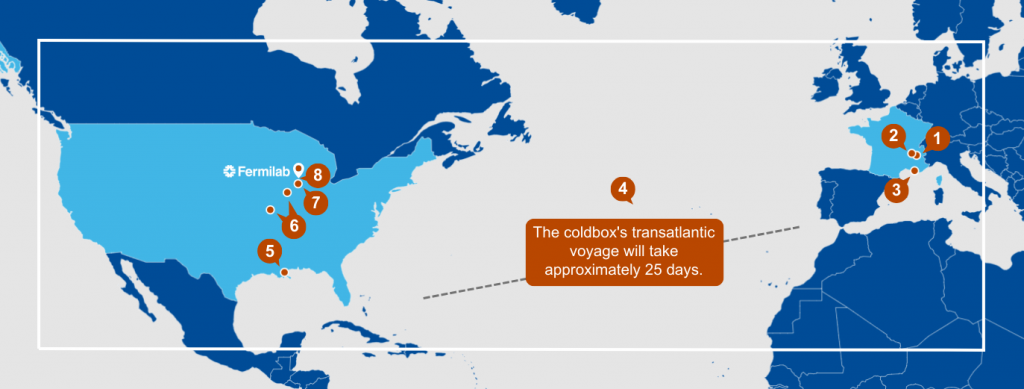
Gallery
Meet the team
The coldbox move is enabled by a team of experts from Fermilab and PIP-II partner institutions.







